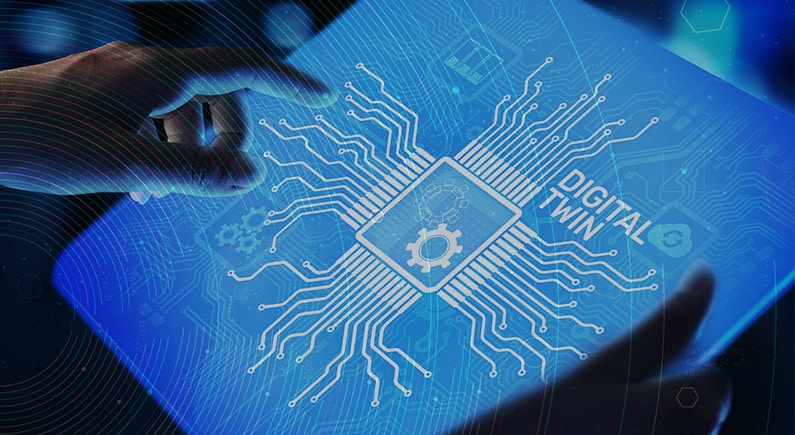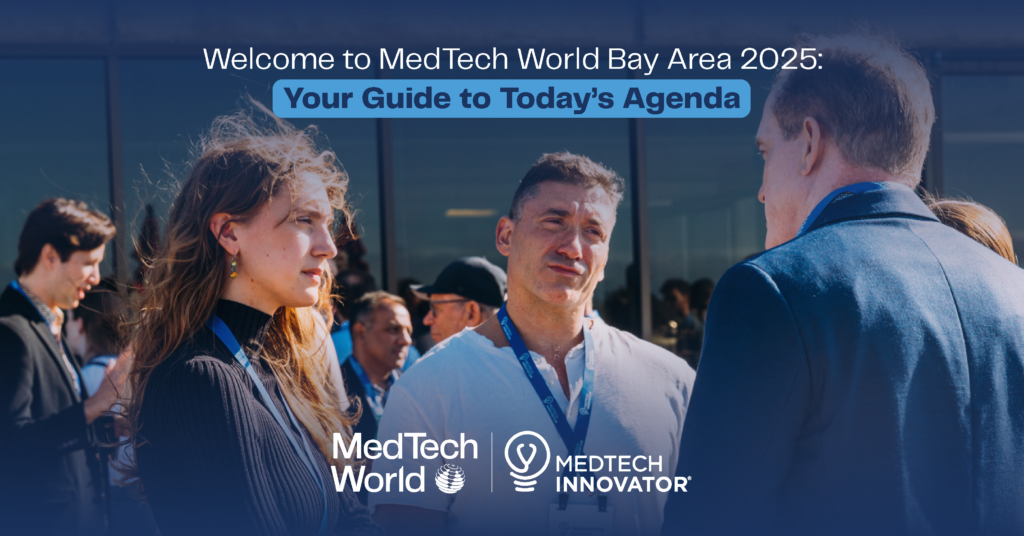
Michael Joe Cini
16th August 2022
AIBODY, German Heart Centre Berlin to Enhance Digital Twins Research for Cardiovascular Disease
In 1960, radiologists started using rudimentary computational models of phantoms, objects used in many fields to replicate the reaction of human tissue to certain processes, such as radiation. This process of digitizing phantoms resulted in ‘digital phantoms’, which can be considered the predecessor of what is now known as the digital twin. It is therefore not surprising that the earliest use of the term ‘digital twin’ appeared in 1994 in the field of medical imaging. However, it was later used in other fields such as aerospace engineering.
Medical digital twins: The promise of a new era
Over the years, attempts have been made to define digital twin. There are few variations in the definitions, however, the idea remains the same – a digital twin is a precise digital replica of physical entities. The technology allows the physical world to be replicated in a digital layout. According to Liu et al. 2018,
“A digital twin is a living model of the physical asset or system, which continually adapts to operational changes based on the collected online data and information and can forecast the future of the corresponding physical counterpart.”
Digital twin technology cannot be ignored in the healthcare industry’s constant strive to improve patient outcomes, lower operating costs, and address unexpected medical crises effectively. Understanding its uniqueness, usefulness, and importance, governments, healthcare systems, and executives are increasingly investing in the technology. The digital twin market was estimated to grow to $29.57 billion by 2025 and $86.09 billion by 2028.
Applications of Digital Twins in Healthcare
Digital twins have inexhaustible applications in the healthcare industry, from helping researchers to test new scenarios in real-life environments with improved safety and cost-effectiveness to allowing the creation of useful virtual models and medical simulations based on the gathered data from patient records, wearable devices, device manufacturers, drugs and pharmaceutical companies, and other healthcare departments. Even during this COVID-19 pandemic, digital twin technology has been employed to optimize the usage of ventilators, reduce person-to-person contact, support contact contactless temperature scanning, and prevent the risk of disease transmission. Below are other important applications of the medical digital twin:
Digital twins and customizing treatment/drug administration
Digital twin technology allows physicians, hospitals, and clinics to leverage precision medicine to deliver patient-centric care. Data stored in medical devices, such as mobile apps, wearable devices, and fitness trackers can be captured into digital twin, enabling doctors and frontline healthcare workers to address patients with critical or persistent conditions. For instance, when an AI-powered anatomical analysis is combined with the virtual model of a patient’s heart, it enables researchers to understand the progression of heart diseases over time and to identify how the patient will respond to new drugs.
Medical digital twins: Facilitating surgical procedure planning
Using digital twins, cardiothoracic surgeons and neurosurgeons can run a virtual simulation of surgical procedures before executing complex surgeries. These pre or post-surgical procedures and outcomes on a digital replica of human body parts reduce the risk of complications and increase intervention success. Advanced, patient-specific computational models of human organs enable doctors to plan and augment complex surgical procedures with better precision and care.
Testing New Medical Devices and Drugs
Federal drug regulators such as Food and Drug Administration (FDA) agency and European Medicines Agency (EMA) propose the use of AI algorithms in determining the safety and effectiveness of pilot drugs. Digital twins can simulate how molecules and proteins interact to identify the right therapeutics and enlist digital cohorts of patients testing new drugs with optimal dosage to reduce the number of clinical trials needed.
Digital twins also provide an avenue for the digital design of medical devices to be tested with different patients under different conditions in virtual worlds where there’s a low cost of failure.
The Partnership: AIBODY and German Heart Centre Berlin (DHZB)
AIBODY, a Physiology-as-a-Service platform, and German Heart Centre Berlin (DHZB), a medical research institute specializing in cardiovascular disease, have signed a collaboration agreement which focuses on the development of a suite of solutions to improve the diagnosis and treatment of congenital heart disease.
With the ultimate goal of building an AI-driven diagnostic device that is based on creating a ‘digital twin’ of a patient’s heart, reflecting the actual physiology and giving the clinical teams a better understanding of that patient’s specific condition and its likely development over time, AIBODY starts by creating a comprehensive catalogue of conditions in order to provide a ‘living’ reference guide for clinicians, including cardiologists, pediatricians, and radiologists, to help them recognize and define what they are seeing on patient imagery.
The partnership aims to use AIBODY’s digital human physiology engine to create a lifelike 3D and 4D model of a beating human heart, which is able to replicate the range of cardiovascular pathologies found in patients with congenital heart defects (CHDs). According to the clinical data shared by the DHZB cardiology team, the model will serve as a dynamic learning resource for practicing and training clinicians worldwide, thus broadening their working knowledge of congenital heart defects, and helping them to recognize such conditions in actual patients more effectively.
After the completion of the educational resource, AIBODY will move on to develop AI tools that will automatically extract features from cardiac sonograms to produce an anatomically accurate, “digitally twinned” 3D and 4D model of a patient’s heart, helping doctors to optimize personalized diagnosis and treatment for each patient.
Take part in Med-Tech World 2022
It is now estimated that the global digital health market will increase to around $640 billion by 2026. Through our expertise coupled with optimized networking, we will ensure that both investors and startups are on the ground floor of this health revolution. The event which is organized and curated alongside a team of doctors, attracts legislators and policymakers, medical professionals, and investors from across the world, addresses the opportunities and challenges driving this million-dollar forum.




